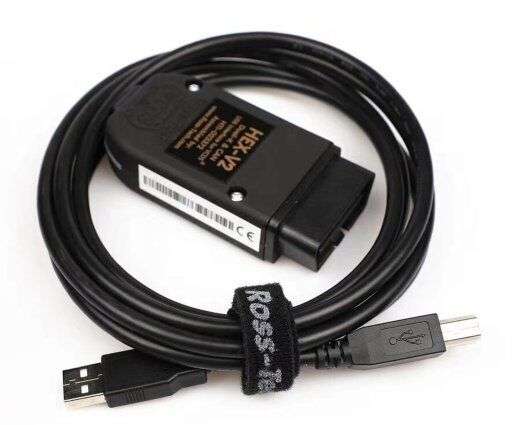How to increase the unit output of Polyester staple fiber equipment?-Zhiyuan
Optimize equipment operating parameters
The first task to increase the unit output of Polyester staple fiber equipment is to optimize the operating parameters. In the spinning stage, it is crucial to accurately control the spinning temperature. Different polyester raw materials and product specifications have different requirements for spinning temperature. Generally speaking, temperature fluctuations should be controlled within ±1℃. For example, when producing conventional polyester staple fibers, the spinning temperature can be stabilized at 285-290℃, which can ensure that the fluidity and spinnability of the polyester melt are in the best state. At the same time, adjusting the spinning speed and appropriately increasing the spinning speed within the range allowed by the equipment and process can directly increase the output per unit time. However, it should be noted that the increase in spinning speed must be matched with conditions such as cooling and blowing, otherwise it will affect the quality of the fiber. The draft multiple is also a key parameter. A reasonable draft multiple can make the fiber molecules more tightly arranged and orderly, and improve the strength and modulus of the fiber. In general, the draft multiple can be adjusted between 3-5 times according to product requirements. By accurately controlling these parameters, the output can be increased while ensuring quality.
Reduce equipment downtime
The continuous operation of the equipment is an important guarantee for increasing unit output. Regularly carry out comprehensive preventive maintenance on the equipment and formulate a detailed maintenance plan. For example, key components such as screw extruders and spinning boxes should be inspected and maintained at regular intervals, and worn parts such as spinnerets, metering pumps and other wearing parts should be replaced in a timely manner. At the same time, a rapid fault diagnosis and repair mechanism should be established so that when the equipment fails, the problem can be quickly located and repaired. Advanced fault monitoring systems can be used to provide early warning of potential faults through real-time collection and analysis of equipment operation data. In addition, optimize the equipment's material and specification change processes to shorten downtime caused by product switching. When switching products, prepare the required raw materials and tools in advance and follow standardized operating procedures to minimize unnecessary time waste.
Improve the quality of raw material supply
High-quality raw material supply is the basis for increasing production. Ensure the stable quality of polyester raw materials entering Polyester staple fiber equipment, and strictly test the intrinsic viscosity, moisture content and other indicators of the raw materials. The intrinsic viscosity directly affects the fluidity of the melt, and generally requires the intrinsic viscosity of the raw materials to be between 0.63-0.67dL/g. Excessive moisture content will produce bubbles during the spinning process, resulting in fiber breakage and quality degradation, so the moisture content of the raw material should be controlled below 0.02%. At the same time, optimize the raw material delivery system to ensure that the raw material is not contaminated or blocked during the delivery process. Use advanced pipeline delivery and metering devices to enable the raw materials to enter the equipment evenly and stably, providing reliable guarantee for the efficient operation of the equipment, thereby indirectly increasing the unit output.
Strengthen employee operation skills
The skill level of the operator has an important impact on the equipment output. Strengthen the professional training of employees so that they have a deep understanding of the working principle, operating procedures and precautions of Polyester staple fiber equipment. The training content includes the equipment startup, operation, and parking operation specifications, as well as the handling methods of common faults. Organize skill assessments regularly to motivate employees to continuously improve their operating level. At the same time, encourage employees to make optimization suggestions, and reward suggestions that can improve output and quality. In their daily work, operators must strictly follow the operation manual, maintain a high sense of responsibility, pay close attention to the operating status of the equipment, discover and solve problems in a timely manner, ensure that the equipment is always in the best operating state, and thus achieve an increase in unit output.
read more..
Search for How to increase the unit output of Polyester staple fiber equipment?-Zhiyuan in the web..








